Letter from Portugal: we chart the country’s new wave of architecture projects

From a small temporary bar in Porto, to a Pedestrian Escalator in Montemor-o-Velho and a large Arts Centre near Chaves, the featured projects in our report of the most recent architectural undertakings in Portugal vary as much in scale as in agenda.
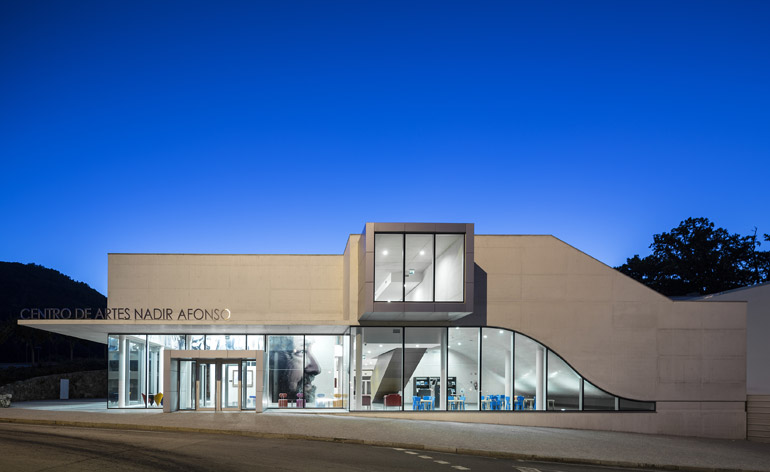
See more of Portugal's latest wave of architecture projects
Some of them are designed by established architects - such as Gonçalo Byrne and Pritzker Prize winners Siza Vieira and Eduardo Souto de Moura - whereas many of them were created by younger offices that tend to take on varied multidisciplinary, temporary and smaller scale work in response to Portugal's current turbulant financial situation. A key example and a project that positions the architect as a critic, curator and activist, is the Tanto Mar exhibition curated by Lisbon-based Ateliermob. The show, currently on display at the Cultural Centre of Belem, celebrates works by Portuguese architects operating all over the globe.
Projects like a small church in Pedras Salgadas, a discreet but charming cultural centre in a traditional praça in Lisbon, and a spiritual hotel in Penafiel, add to the kind of exciting smaller-scale operations taking place throughout the country. On the other hand, Lisbon's Future Architecture Thinking (FAT) and New York architect Louise Braverman's Arts Centres, as well as Byrne and Souto de Moura's cultural undertakings are amongst the larger projects - mainly in the cultural field - that were recently completed in Portugal.
Many of these works deal with delicate issues, such as the restoration of fragile urban fabric and heritage buildings threatened by ruin and decay. Alternatively, many of the more temporary interventions are more concerned with ideas and ventures responding to the country's current status. Portugal may be well known for its enviable weather conditions and beautiful natural and urban surroundings, but it is also conditioned by current political and economic tensions. This highlights even further the energetic and creative way local architects engage with the country's ongoing debates around its built environment.
Receive our daily digest of inspiration, escapism and design stories from around the world direct to your inbox.
-
 The new Tudor Ranger watches master perfectly executed simplicity
The new Tudor Ranger watches master perfectly executed simplicityThe Tudor Ranger watches look back to the 1960s for a clean and legible design
-
 This late-night hangout brings back 1970s glam to LA’s Sunset Boulevard
This late-night hangout brings back 1970s glam to LA’s Sunset BoulevardGalerie On Sunset is primed for strong drinks, shared plates, live music, and long nights
-
 How Memphis developed from an informal gathering of restless creatives into one of design's most influential movements
How Memphis developed from an informal gathering of restless creatives into one of design's most influential movementsEverything you want to know about Memphis Design, from its history to its leading figures to the pieces to know (and buy)
-
 The Architecture Edit: Wallpaper’s houses of the month
The Architecture Edit: Wallpaper’s houses of the monthFrom wineries-turned-music studios to fire-resistant holiday homes, these are the properties that have most impressed the Wallpaper* editors this month
-
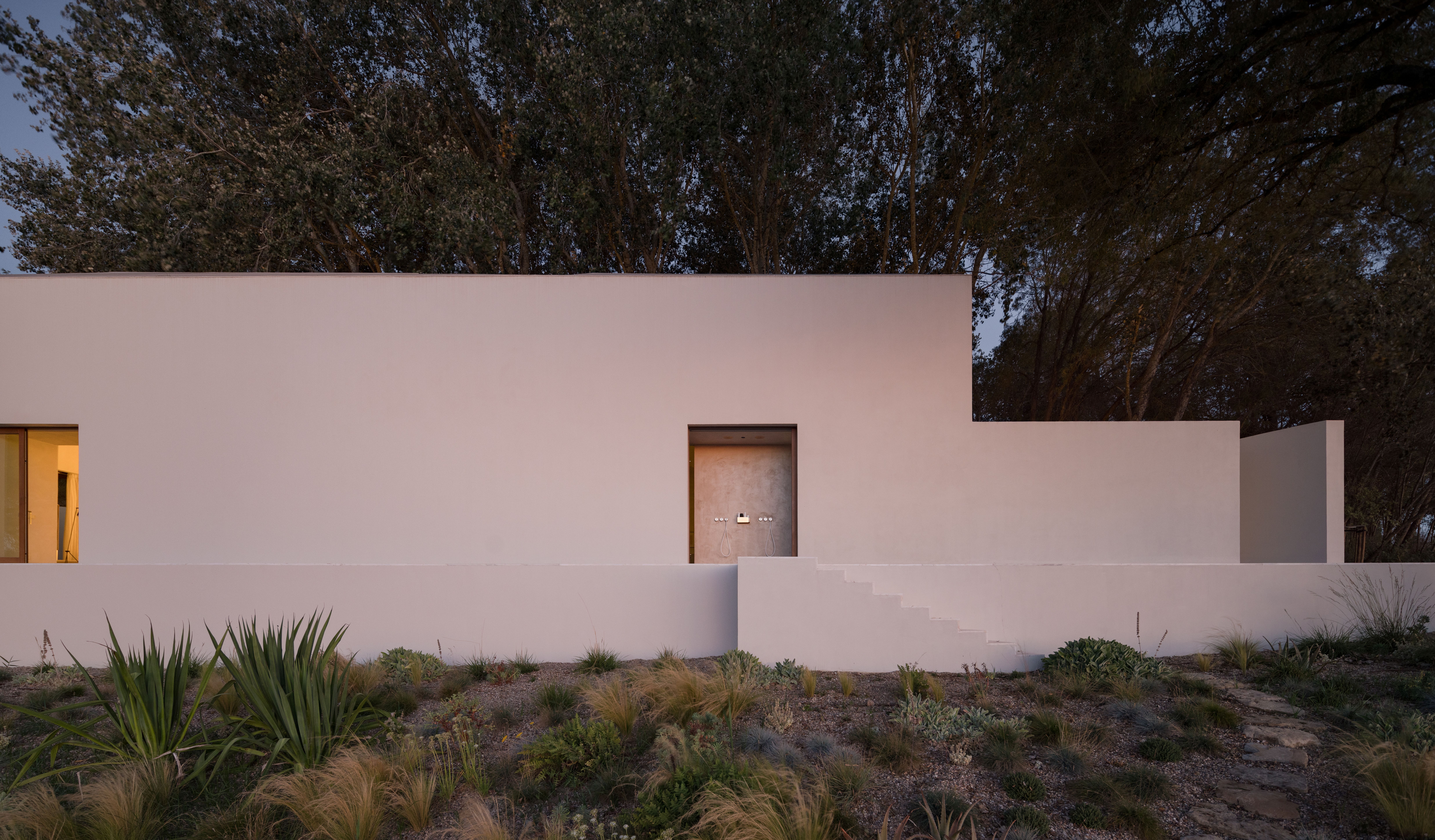 Soothing and symmetrical, this Portuguese house is a minimalist haven for two musicians
Soothing and symmetrical, this Portuguese house is a minimalist haven for two musiciansA Portuguese house near Lisbon, built on the ruins of an old winery, Quinta do Álamo by Atelier Matteo Arnone has symmetry at its heart
-
 2025 Lisbon Architecture Triennale ponders the (literal and figurative) weight of humanity
2025 Lisbon Architecture Triennale ponders the (literal and figurative) weight of humanityJoin us on a tour of the 2025 Lisbon Architecture Triennale, exploring the question ‘How Heavy is the City?’ and our impact on the planet
-
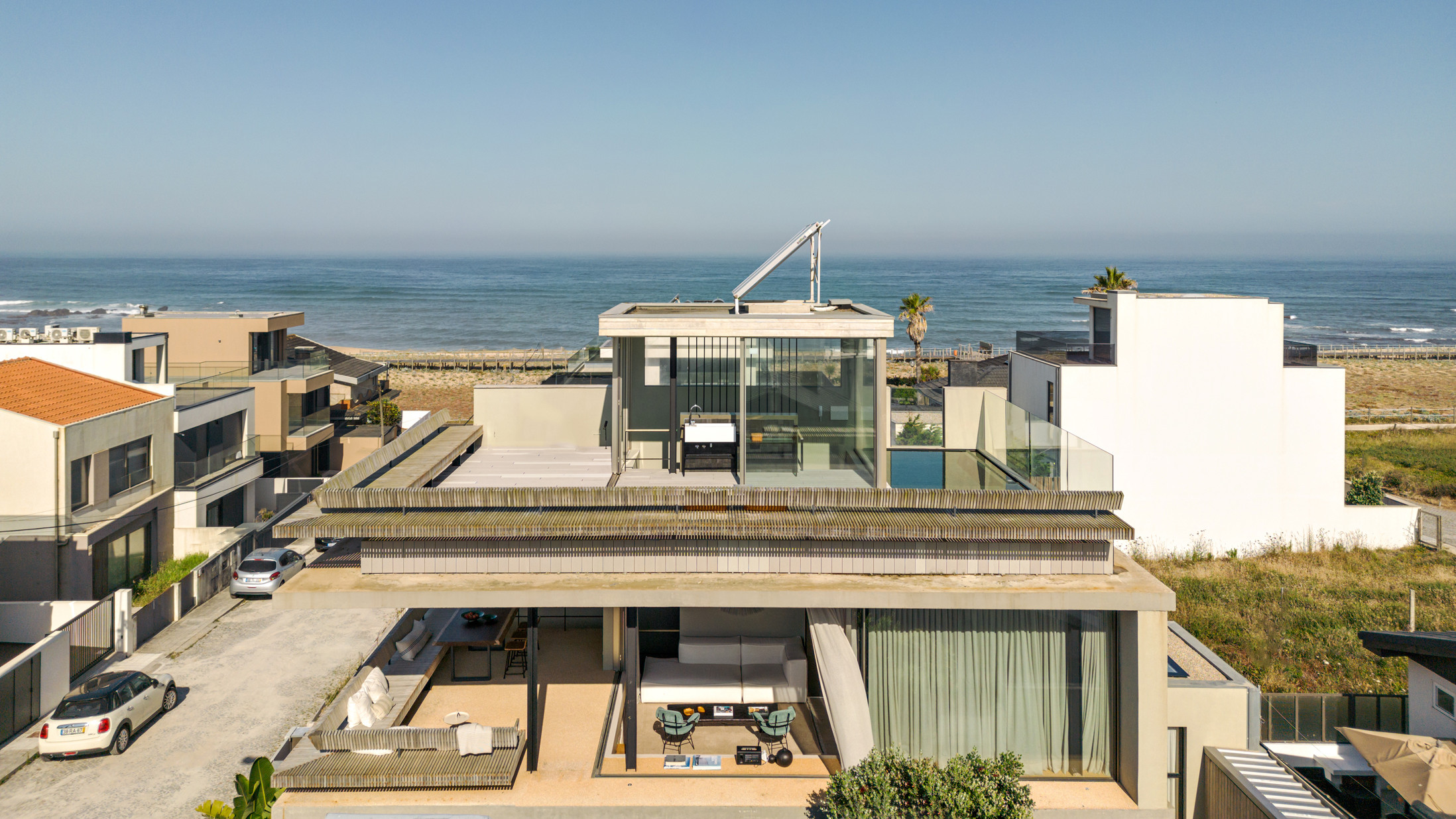 A beach house in Portugal offers up multiple layers of space for contemporary living
A beach house in Portugal offers up multiple layers of space for contemporary livingWER Studio has completed this concrete beach house on the Atlantic Coast, with opening façades and an expansive terrace
-
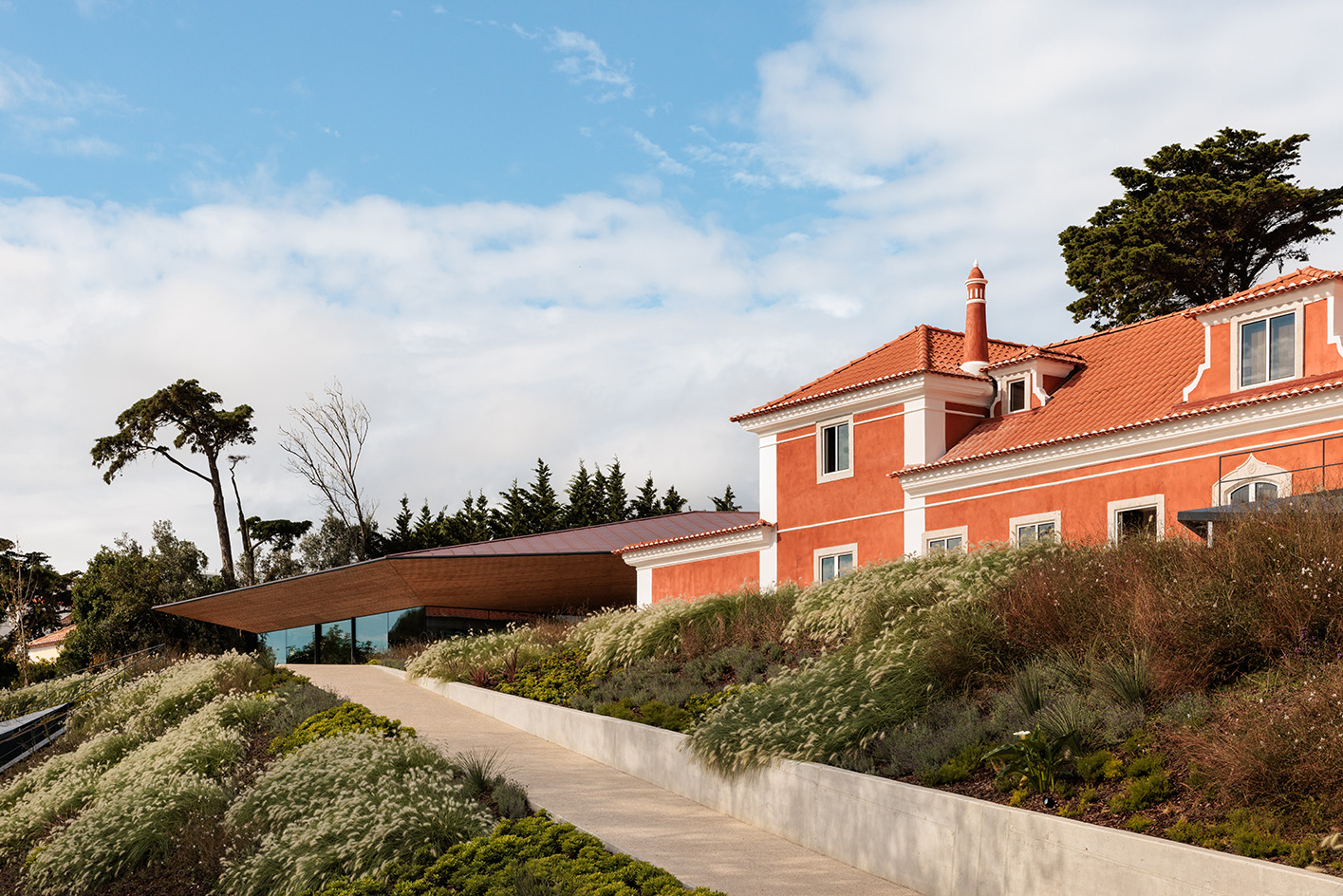 Tour the Albuquerque Foundation, Portugal’s new ceramics hub, where the historic and contemporary meet
Tour the Albuquerque Foundation, Portugal’s new ceramics hub, where the historic and contemporary meetA new cultural destination dedicated to ceramics, The Albuquerque Foundation by Bernardes Arquitetura opens its doors in Sintra, Portugal
-
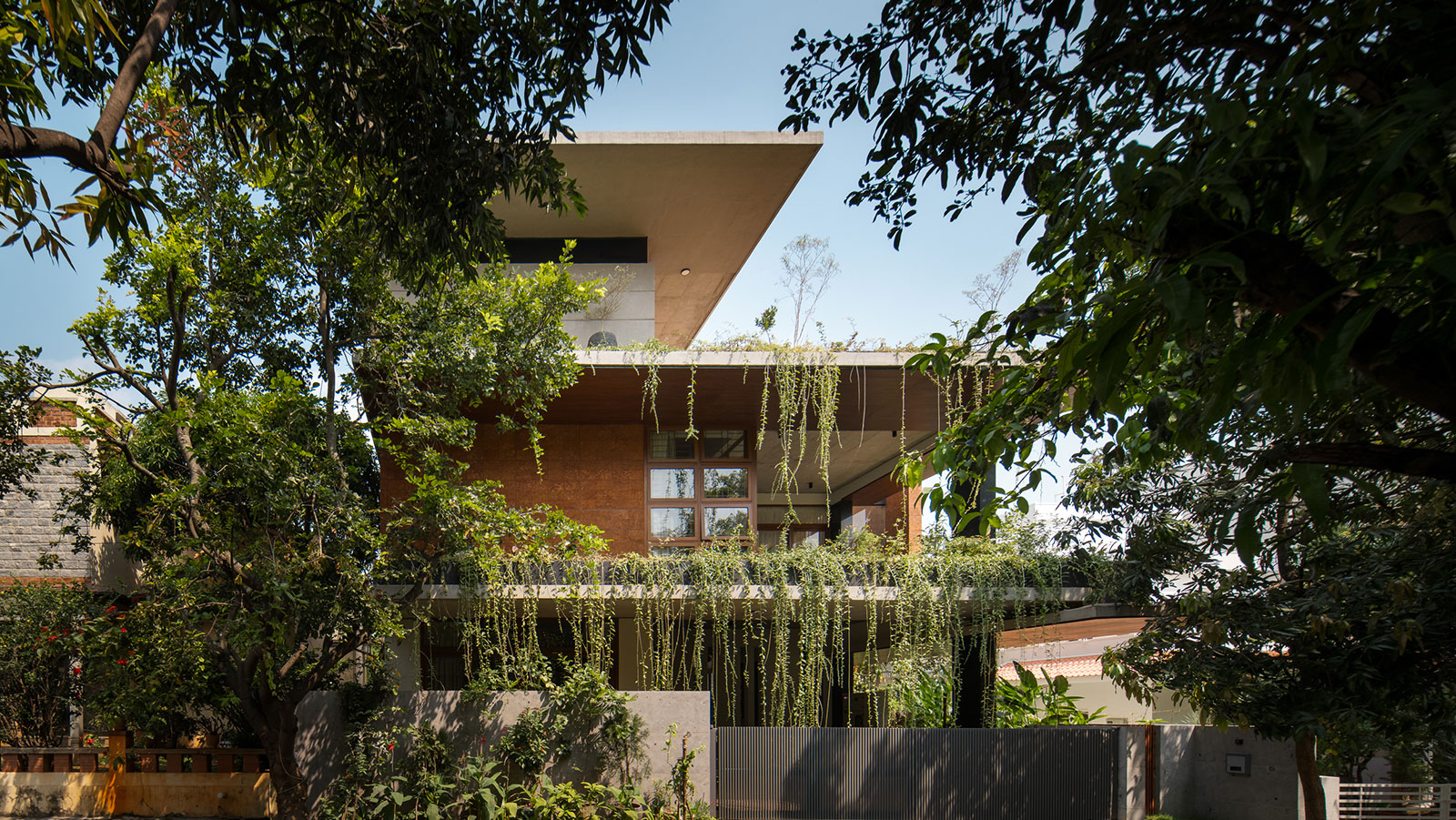 Year in review: the top 12 houses of 2024, picked by architecture director Ellie Stathaki
Year in review: the top 12 houses of 2024, picked by architecture director Ellie StathakiThe top 12 houses of 2024 comprise our finest and most read residential posts of the year, compiled by Wallpaper* architecture & environment director Ellie Stathaki
-
 Wallpaper* Architects’ Directory 2024: meet the practices
Wallpaper* Architects’ Directory 2024: meet the practicesIn the Wallpaper* Architects Directory 2024, our latest guide to exciting, emerging practices from around the world, 20 young studios show off their projects and passion
-
 Branco del Rio's House AA8 brings a pop of colour to its Portuguese neighbourhood
Branco del Rio's House AA8 brings a pop of colour to its Portuguese neighbourhoodBased in Portugal, Branco del Rio Arquitectos joins the Wallpaper* Architects’ Directory 2024, our annual round-up of exciting emerging architecture studios